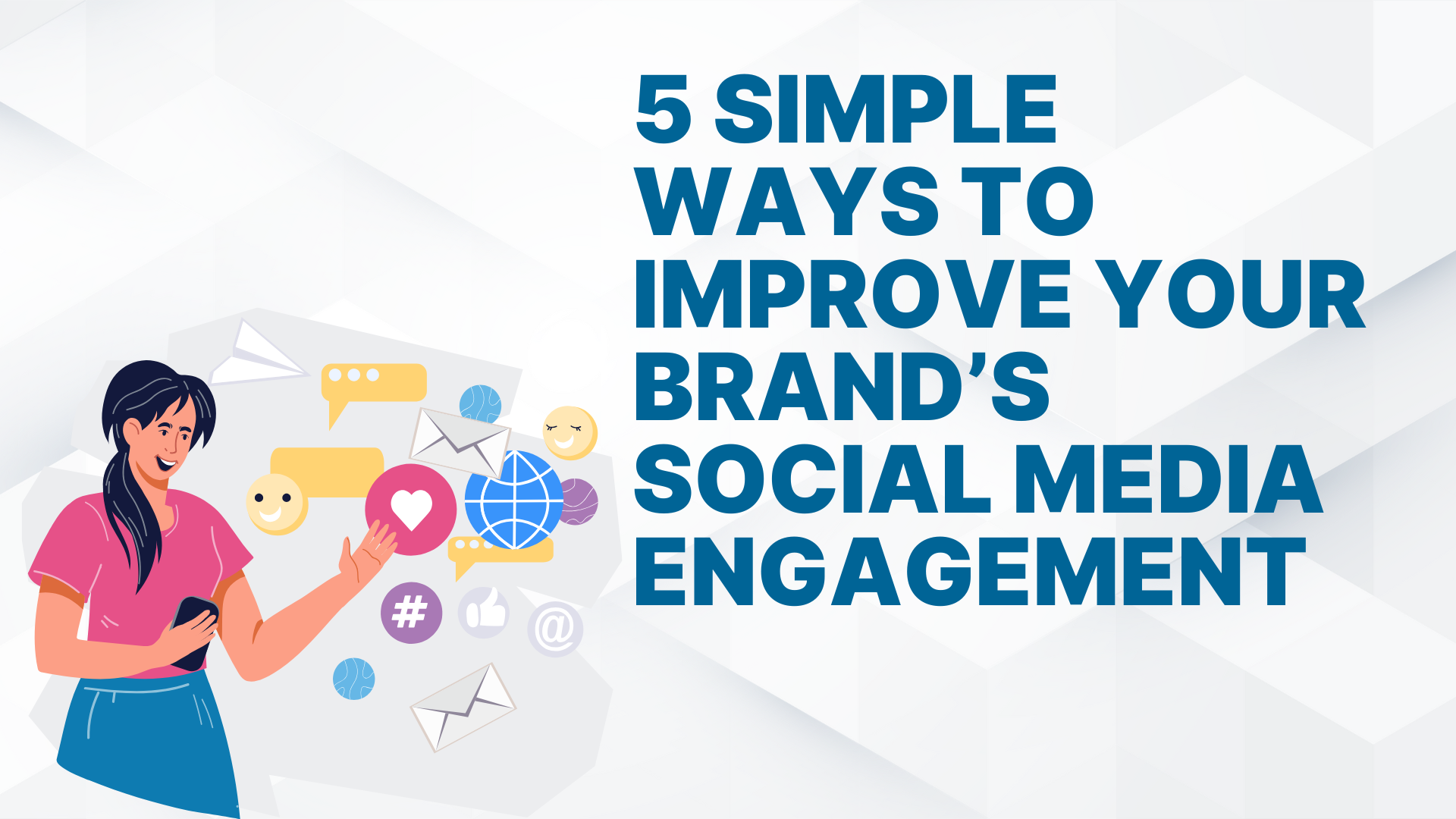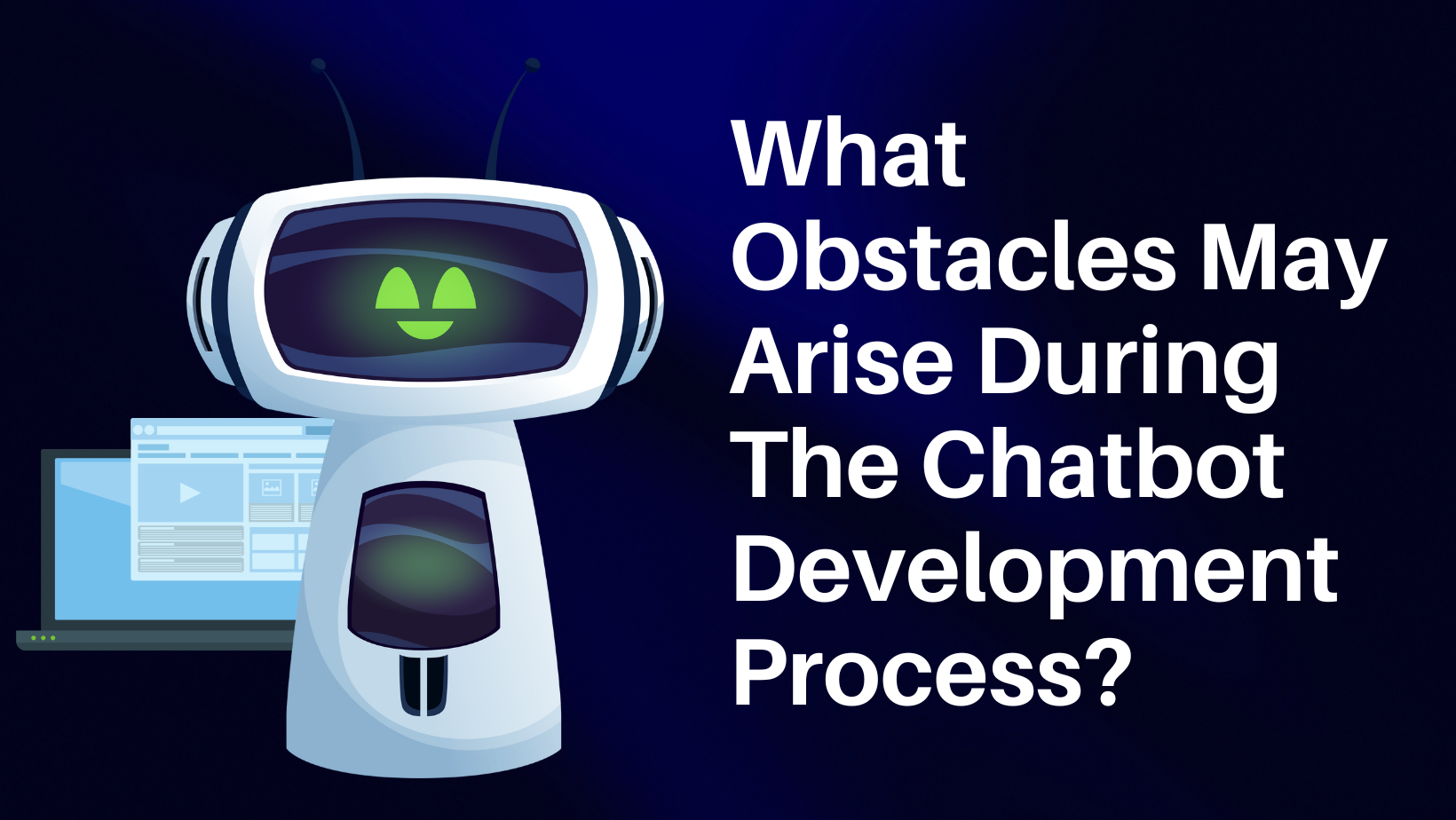Mobile games are one of the most popular pastimes among smartphone owners. Smartphone usage has expanded rapidly. Within the first week of purchasing a smartphone, 62% of consumers install games. The mobile game trend has surpassed traditional games in terms of technological advancements.
Thousands of mobile apps are released every day on the Google Play and Apple App Stores. There are games, social networking apps, and eCommerce apps among these mobile apps. If developed by a mobile game development company, all of these apps should follow a similar mobile app development process.
Although each app is unique and approaches are constantly improving, there is a fairly standard mobile game development process. The idea, strategy, design, development, deployment, and post-launch phases are usually included in the mobile app development process.
This statistic demonstrates how popular and effective Smartphone games are. The success of games like Candy Crush, Subway Surfer, and PUBG has demonstrated the financial potential of mobile games. Many people are entering this area because they have taken the world by storm. Do you, however, understand how to create mobile games? The techniques outlined here will assist you in effectively developing a mobile game.
A Step-by-Step Guide to Developing a Mobile Game
1. Fantastic Game Concept
Almost everything big begins with a vision.
The concept is the cornerstone of your entire game. The better the concept, the more likely your game will be a success. Idea generation, on the other hand, is a creative process that cannot be taught. You must come up with a brilliant concept on your own. It doesn't have to be original; it might be a simple notion, but it should be something no one has thought of before.
Similarly, your concept could be a simple game like flipping a bottle; it is not required to go full science fiction or fantasy. Consider something different and fascinating.
2. Create a Narrative
Give your game's players a reason to play. You want your game to be more than just a recreational hobby.
Subway Surfer appears to be running indefinitely, and it is unlikely to hold the audience's attention for long periods of time. Give your player a backstory and a goal, and your audience will be engrossed in your game for hours.
Many games are removed in the first week, according to a report. This is because while these games can draw users, they cannot keep them entertained. A story is essential here.
The plot can be as basic or as complex as you desire, but the key point is that there must be one. Create a plot by asking yourself a basic question: what is the goal of your game, or if you have a character in it, what is his or her goal?
This single step can assist you in developing your game's entire story.
3. Conduct Research
It's critical to figure out who your target audience (TA) is, what their preferences are, and how to create a game that will engage as many players as possible at the start of the project. Some designers fail due to cognitive bias: they believe the gamers will enjoy what they drew without conducting market research. That is why it is critical to investigate and comprehend the TA.
4. Create a Game Plan
The game's premise is based on the four criteria below.
* Mechanics of the Game
Mechanic refers to the game's rules or the actions that the player must do in order to reach the game's goal.
* Configuration
Any game's setting is made up of two elements: plot and ascetics.
The game's environment is represented through the plot. What has occurred and will occur during gameplay.
Ascetics refers to the game's appearance, feel, and sound.
The user experience is dependent on the game mechanics.
* Technology Determines which devices can run your game and which features it will employ.
* Collaboration
What are the ways in which users interact with the game or the character?
How will they keep the game or the character under their control?
Also, how will the game make use of the available screen real estate?
5. Decide on a Mobile Platform
Are you going to build an Android, iOS, or Windows game?
This is a difficult question. Android-based smartphones are used by more than half of smartphone users, and the number of iOS users is significant. This is a budget-related question.
Choosing a single platform is the same as releasing your game to a small audience. If you want to expand the reach of your game, multi-platform development is the way to go.
This is readily handled by conducting market research on your target demographic. If most of your users are Android users, you should design an Android game, and if the majority of your users are iOS users, you should develop an iOS game. If you have a limited budget, multi-platform development is the way to go.
Remember that if you only build for one platform, you are limiting your audience, which will limit the reach and performance of your game.
6. Select a Mobile Game Engine
Your game will be produced in the backend technology and the game development engine. As a result, selecting the appropriate platform is critical. Choose a platform with benefits and features that are relevant to your game.
There are numerous platforms to pick from, like Unity 3D for its 3D graphics, CryEngine for its creative surroundings, Corona SDK for its easy language, BuildBox for its drag and drop capability, and so on.
Similarly, you can choose from a variety of backend languages for game development, such as C++, C#, Node.js, Python, and so on.
7. Create a Design Document for your Game
As the name implies, the Game Design Document is a document that contains information on all aspects of the game. Because it is a live document, it is possible to provide feedback. It is updated whenever the game itself updates.
The game, for example, is about catching fish. A Game Design Document will include not only information on the player, but also information about the fishing rod, its power, catching capability, the fish's weight and size, the boat the fisherman is using, the density of the water, low tide, high tide, and so on.
8. Create a Game Structure
The key to sales is attraction. Users will play your game if the graphics and scenes are amazing and distinctive. The characters, the environment, the texture, all of the objects, and so on are all part of the game structure design. This is the step that determines the appearance of your game.
To improve the graphics of your game, you must conduct 2D and 3D design. This process necessitates a significant amount of coding and design.
9. Make a Game Wireframe
The wireframe is your app's blueprint. It shows you exactly how your app will work, look, and feel. It can be described as a prototype in layman's words.
Because game development is an expensive process, it is necessary to create a wireframe for the game in order to get a quick perspective.
The wireframe will serve as a visual representation of how the game will function and how transactions will occur from one portion of the game to the next. There will be no full graphical experience because it is only a prototype, but it will be enough to determine whether the game feels nice or not.
10. Create a Mobile Game
Following the approval of the prototype, true game development, i.e. the creation of the app, begins. It's a crucial procedure. As a result, even the tiniest objects or jobs should be completed with care.
The app will be designed for all of the platforms you want to target, with all of the desired functionality and features included. All of the required tools and techniques must be employed.
11. Testing of Mobile Games
You can't just make a game and put it on the market.
Because the game will represent your organisation in the marketplace, you must verify that it is in flawless condition, free of glitches and lagging. It would be beneficial if you attempted to launch the ideal app, and in order to accomplish so, you must follow this step.
Launching and playing the beta version of a mobile game on numerous devices can be used to test it. This will reveal numerous flaws to you, allowing you to fix them and produce the best version of your game possible.
12. Selecting a Monetization Strategy
You're creating the game to make money, and this phase requires you to select how you'll make that money.
Here are five methods for making money from your game.
* Purchases made in-app
The most basic method of earning money from a game is through in-app purchases. You can earn money by selling skins, scenes, characters, and other items.
* Publications
Advertisements are the best way to make money online. You can earn money by including adverts in the game. Make certain that the adverts do not interfere with the players' game experience. You can even reward gamers for watching the entire advertisement.
* Mobile Games for Money
You can make money by creating a paid application. This means that people will pay you money in exchange for downloading your game. You should keep in mind that more than 90% of games are available for free download; therefore, launching a paid game may turn off gamers because there are so many free games available.
* Games with a Premium Version
You can allow players to download the game and play it up to a certain duration or level, after which they must purchase the premium edition of the game to continue playing.
* Play for real money
Real money mobile games are available for purchase. In order to play the game, one must purchase in-app coins. You can get a percentage of the money from the coins, and because the players are earning real money by playing your game, they will gladly purchase coins from you.
13. Start a Mobile Game
Now that you've created the game, tested it, and decided on a monetization strategy, it's time to put it out there.
However, launching the game is not an easy procedure. Your game must meet the requirements of the various app stores. The respective app store's review team will evaluate the game, and if they are satisfied, they will publish it on the app store for users to download.
14. Maintenance and Support
Launching the app does not complete the task. You must assist users and keep the game running smoothly. You must maintain the game in order for it to stay up and running. To keep the programme interesting, you must update it and include new modes, levels, features, and so on.
Users want new content every day, and weekly and monthly events can help keep them interested.
It's difficult to turn your gaming concept into reality. Along the journey, you'll have to put in a lot of effort and deal with a variety of challenges and detours.

















Post Comments